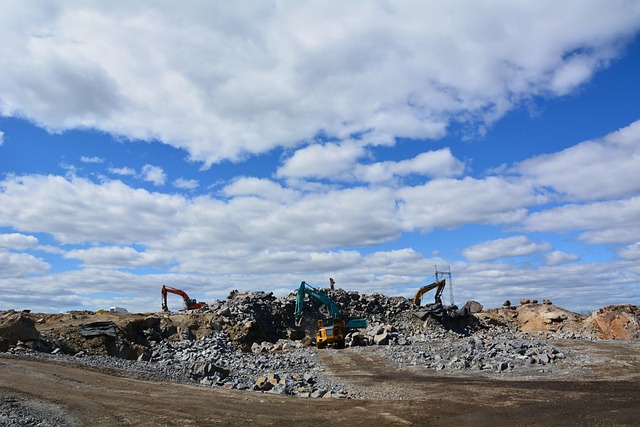In recent years, the spotlight on sustainable development has grown brighter than ever, highlighting the crucial role of infrastructure maintenance in driving long-term growth, especially in rural areas. Rural communities often face unique challenges, from limited access to essential services to declining economic opportunities. One key factor that can sustain and even revitalize these areas is the diligent maintenance and upgrading of infrastructure.
Transport sustainability is at the heart of this discussion. Efficient transportation systems not only facilitate the movement of people but also support local economies by connecting rural producers with larger markets. When roads, bridges, and public transport systems are not properly maintained, the ramifications can be severe. Poor infrastructure can lead to increased travel times, higher transportation costs, and a subsequent decline in economic activity. Rural areas, which already struggle with resources, cannot afford such inefficiencies.
However, investing in infrastructure maintenance is not merely an expense; it’s an investment in the community’s future. When rural infrastructure is well-maintained, it lays the groundwork for improved accessibility to education, healthcare, and job opportunities. This can help reverse the trend of urban migration as young people see the potential for prosperous lives in their hometowns, encouraging a demographic balance between urban and rural areas.
Moreover, a focus on sustainability means integrating environmentally friendly practices into infrastructure decisions. For instance, using renewable materials in road construction or ensuring that public transport options are energy-efficient can minimize the carbon footprint while encouraging sustainable behaviors among residents. These initiatives reflect a commitment not just to current needs but to future generations, embodying the essence of sustainable growth.
Rural development hinges significantly on these principles. By prioritizing infrastructure maintenance, communities can boost local industries, attract new businesses, and foster innovation. The rural economy is often rooted in agriculture and small-scale industries, which can benefit immensely from reliable transport routes and access to larger markets. When farmers and artisans can move their goods efficiently, they not only increase their revenue but also add diversity to local economies, which is essential for sustainability.
It is essential for policymakers, stakeholders, and community members to recognize the integral relationship between infrastructure and rural prosperity. Regular assessments and ongoing maintenance efforts can prevent minor issues from escalating into significant disasters that disrupt community life. Instead of waiting for systems to fail, proactive measures ensure that rural communities remain viable and vibrant.
In summary, the state of infrastructure in rural areas speaks volumes about the commitment to sustainable growth. Through a thorough and purposeful approach to infrastructure maintenance, rural communities can enhance transport sustainability, foster equitable development, and secure a brighter future for all residents. The time to act is now—sustainable and resilient rural infrastructure is not just a necessity; it is a promise to future generations.




